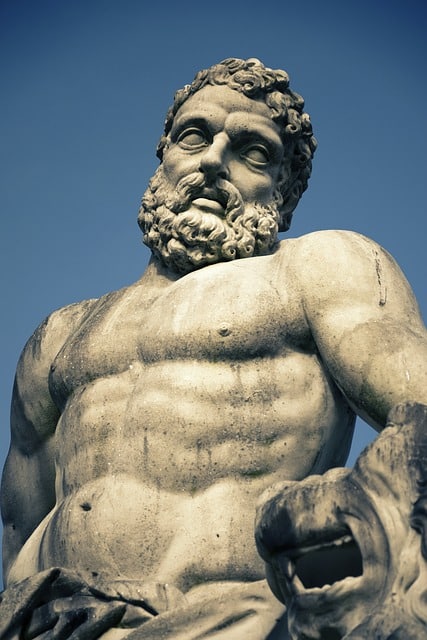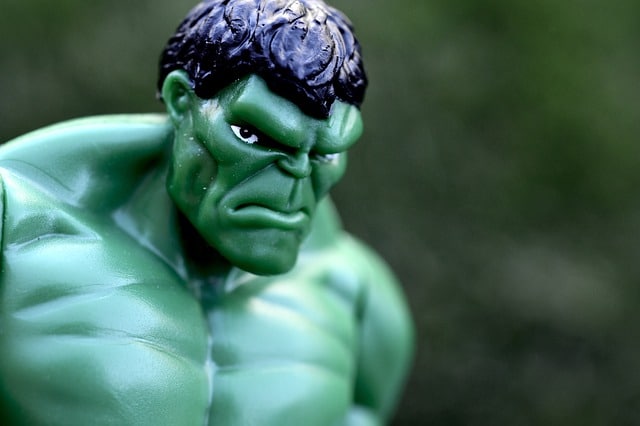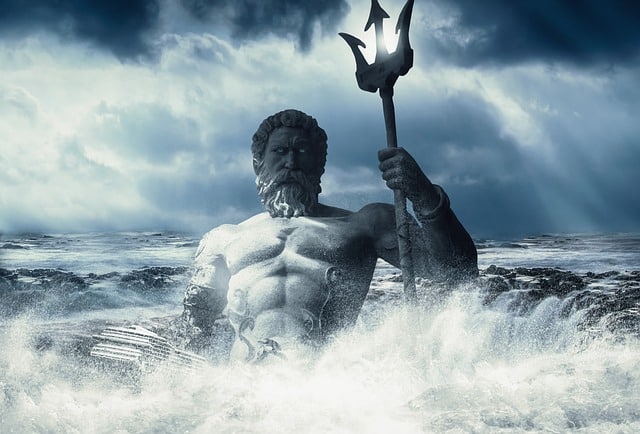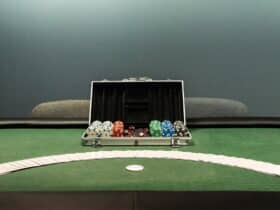The human form, in its various shapes and sizes, has been a symbol of wonder and fascination throughout history. It’s an embodiment of power, beauty, and in some cases, divinity. Our cultural ideals of the perfect physique are continually changing, influenced by various factors including mythology, pop culture, and contemporary societal norms. This article will delve into two particularly interesting and influential embodiments of the ‘ideal’ physique – comic book Superhero vs Greek god physiques.
The Physique of Greek Gods
History and Meaning of Greek God Physique
The Greek gods, as per ancient Greek mythology, were seen as the epitome of beauty, strength, and physical perfection. Statues and paintings from the ancient period reflect the Greeks’ admiration for well-toned bodies. These gods were often portrayed as muscled, lean, and symmetric, reflecting not just physical prowess but also a balance of mind and body.
Description and Analysis of Greek Gods’ Physical Attributes
The Greek gods were immortal beings, yet their physical attributes were inspired by the human form. The Gods were often depicted with:
- Muscular Definition: Greek gods were shown with muscular bodies, reflecting strength and power. Statues of gods like Zeus and Ares showcased defined musculature, symbolizing their power and warrior abilities.
- Lean Physiques: The gods were not only muscular but also lean. This demonstrated their agility and speed, much like the athletic Olympians of ancient Greece.
- Symmetry: The Greeks highly valued symmetry, viewing it as a sign of beauty. The gods were often depicted as perfectly symmetrical, representing a balance of physical and mental faculties.
Greek Gods with Notable Physiques
Prominent gods such as Hercules, renowned for his superhuman strength, were depicted with muscular bodies to signify their exceptional power. Apollo, the god of the sun, music, and poetry, was represented with a lean and athletic body, indicating his versatility and balance between brawn and brain.

The Physique of Superheroes
Brief History of Superheroes and Their Evolving Physical Appearances
Superheroes, like Greek gods, are also considered symbols of physical perfection. The superhero genre gained significant momentum in the mid-20th century with characters like Superman, Batman, and Wonder Woman. Over time, their physiques have evolved, with modern superheroes showcasing a more extreme muscular physique compared to their earlier counterparts.
Analysis of the Typical Superhero Physique
Modern superheroes are often depicted with:
- Enhanced Musculature: Modern superheroes often have highly defined muscles, showcasing their superior strength and power.
- Ideal Proportions: Superheroes usually have broad shoulders, narrow waists, and long, muscular legs, portraying an ideal body ratio.
- Physical Exceptionalism: In many cases, the physical attributes of superheroes mirror their powers. For instance, The Flash is lean, signifying his speed, while The Hulk’s massive size signifies his immense strength.
Highlighting Specific Superheroes
Superman, the archetypal superhero, is often shown with a broad chest and highly defined muscles, symbolizing his superhuman strength. On the other hand, characters like Spiderman have a leaner, more athletic physique, indicating agility and flexibility, aligning with their abilities.

Comparative Analysis: Superhero vs Greek God Physique
Comparison of Greek God and Superhero Physiques
At first glance, the Greek god and superhero physiques might appear quite similar – both exhibit muscular, toned bodies. However, Greek gods’ bodies often conveyed a balance of physical strength and mental prowess. In contrast, superhero bodies tend to emphasize physical power more significantly, mirroring their extraordinary abilities.
Influence of Greek Mythology on Superhero Narratives and Designs
The influence of Greek mythology on superhero narratives is quite profound. Just like Greek gods, superheroes possess unique abilities, follow heroic narratives, and often face moral and personal dilemmas. The physique of Greek gods often serves as a template for superhero designs, aiming to portray an image of physical perfection and capability.
The Influence of these Physiques on Fitness and Body Culture
Impact of Greek God and Superhero Physiques on Modern Fitness Ideals
The muscular, lean physiques of Greek gods and superheroes have heavily influenced modern fitness ideals. Many workout routines and diets aim to help individuals achieve the ‘Greek god’ or ‘superhero’ physique, focusing on enhancing muscle definition and achieving an ideal body proportion.
Psychological Effects of Physical Ideals
While these ideals motivate some to lead healthier lifestyles, they can also create unrealistic body expectations, leading to issues such as body dissatisfaction and unhealthy behaviors to achieve these unreachable standards. It’s essential to remember that while Greek gods and superheroes represent an ‘ideal,’ real human bodies come in all shapes and sizes.
Representation and Inclusivity of Various Body Types in Modern Pop Culture
In recent years, pop culture has made strides towards representing more diverse body types, moving away from a single ‘ideal’ physique. This is seen in comic books and related media, with superheroes of different sizes and shapes becoming more prevalent.

From the perfectly balanced bodies of Greek gods to the exceptionally muscular forms of modern superheroes, our perceptions of the ‘ideal’ physique are influenced by various cultural narratives. However, the idea of a single ‘perfect’ physique is both unrealistic and restrictive. As societal views evolve, we can hope to see a more inclusive range of body types represented in our mythologies and pop culture narratives, reminding us that strength, beauty, and heroism come in all forms.
References
Certainly, here are some potential references that would likely be used in the preparation of an article like this:
- “Art in the Hellenistic Age” – Pollitt, J.J. (1986). Cambridge University Press.
- “Comic Book Nation: The Transformation of Youth Culture in America” – Wright, B.W. (2001). Johns Hopkins University Press.
- “The Body Adorned: Sacred and Profane in Indian Art” – Craven, R. (1997). Thames and Hudson.
- “The Meaning of Body: Aesthetics of Human Understanding” – Sheets-Johnstone, M. (2006). University of Chicago Press.
- “The Naked and the Nude: The Body in Art” – Webb, P. (2012). Thames and Hudson.
- “The Classical Ideal: Greek Mythology and The Human Body” – Rainer, R. (2018). Journal of Greek Mythology Studies.
- “The Image of The Superhero in Comic Books: An Analysis of Body Proportions” – Kaufman, G., & Jurgenson, N. (2019). Journal of Graphic Novels and Comics.

















